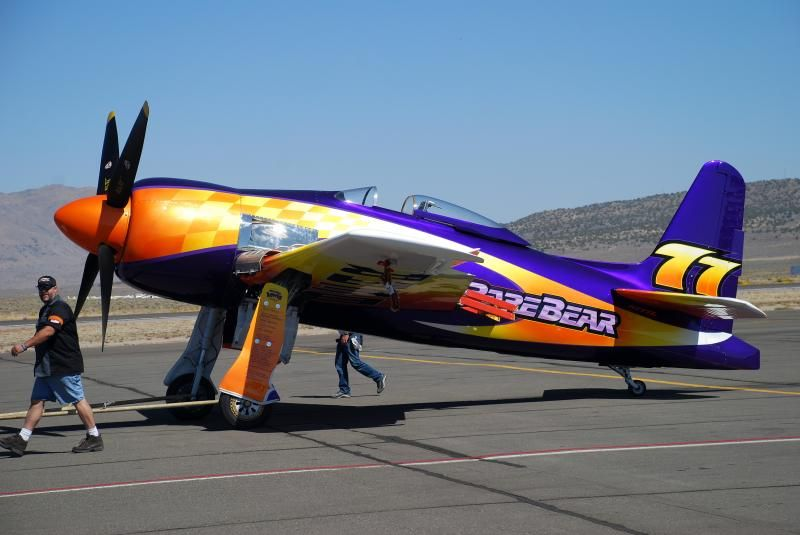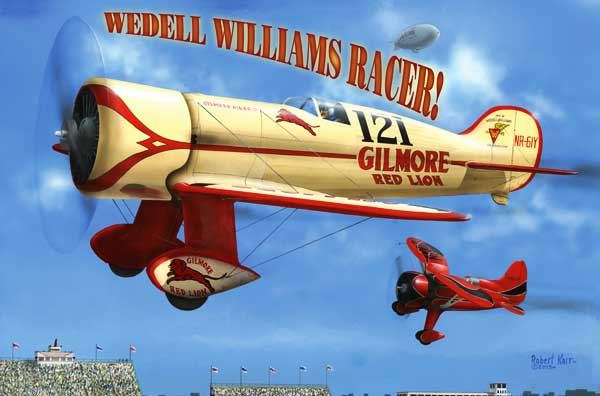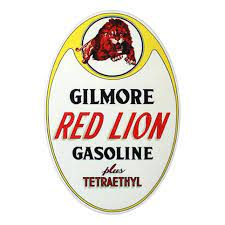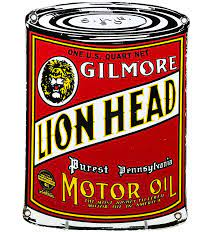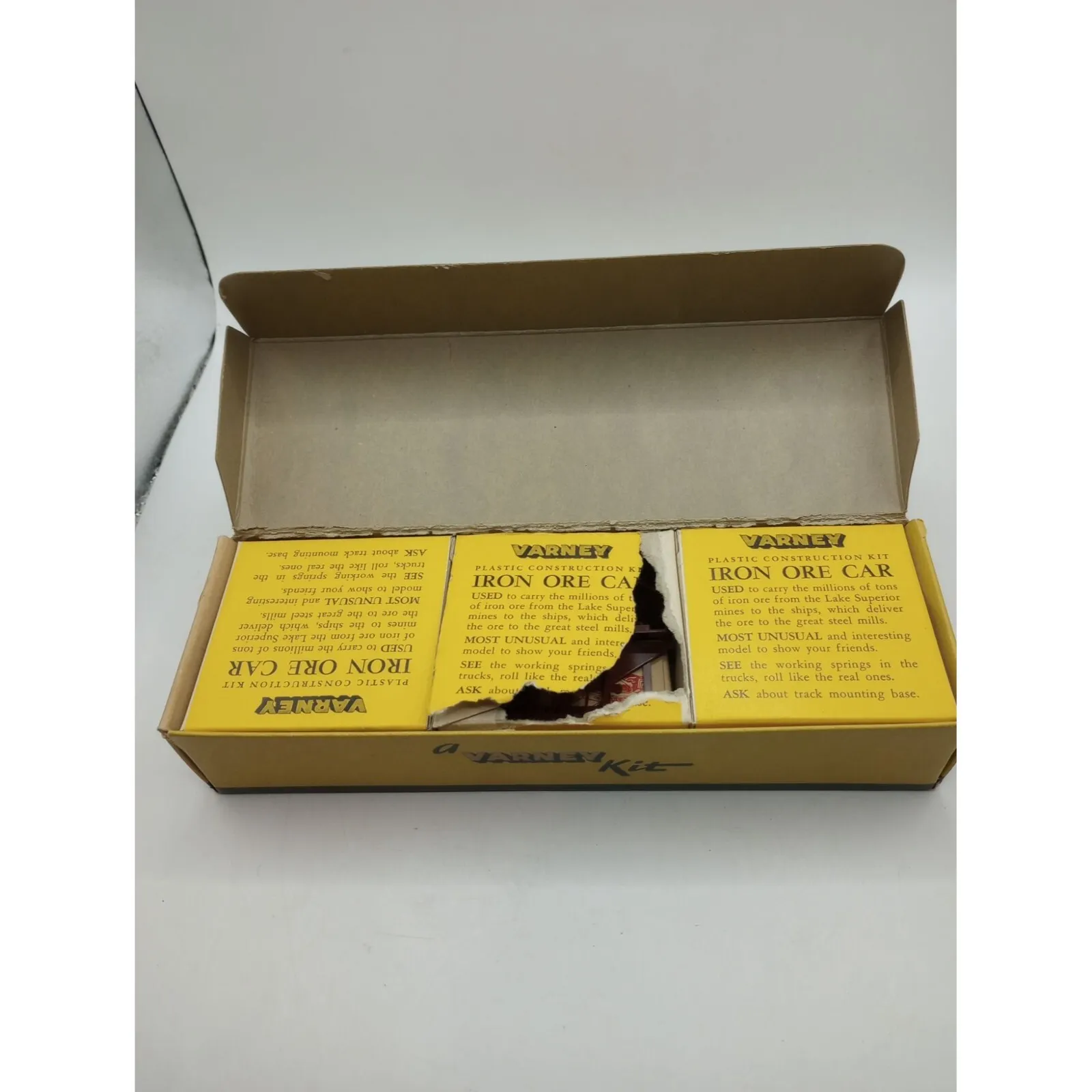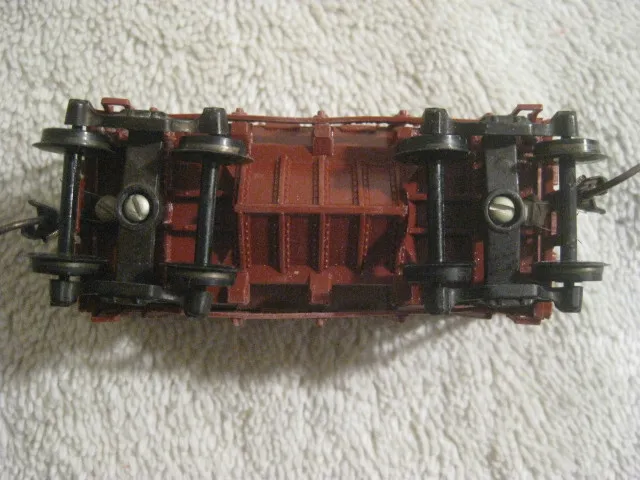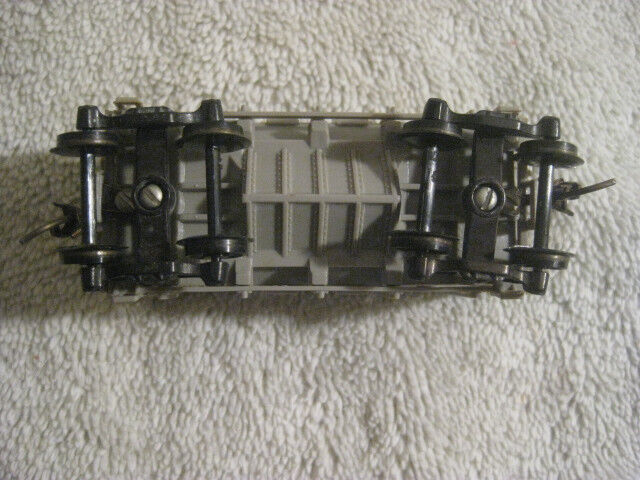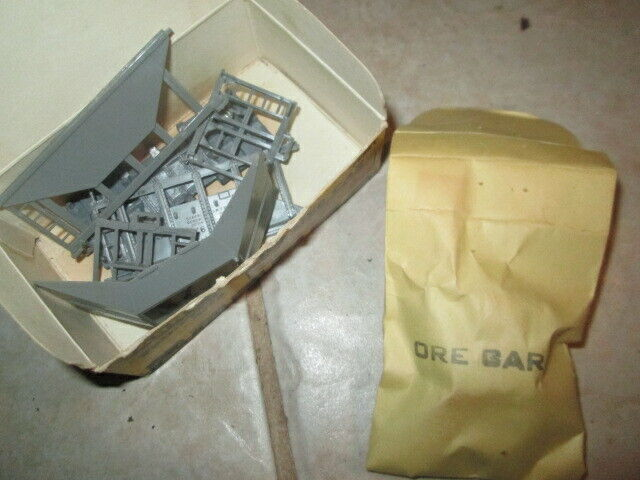-
Posts
39,253 -
Joined
-
Last visited
Content Type
Profiles
Forums
Events
Gallery
Everything posted by Ace-Garageguy
-
Yup, it's really not so bad. Add to that that these are among the simplest cars (mechanically and electrically) on the planet, it's not a difficult resto. But unfortunately, due to the shortage of competent people in the biz today, and the crazy expense of often sub-standard hacker work, the cost of a decent resto will almost certainly exceed the price it would bring at auction after completion...unless the owner can do a large percentage of the work himself. Nice ones are trading at around $25 grand, which is less than half what even a barely acceptable resto would cost. Too many people get into projects like this thinking they're going to make a boatload of money, and then try to low-ball every expense...often ruining the car in the process, filling everything with bondo, with wavy panels, poor panel fit, compromised structure, loose running gear, bad brakes, and poorly-performing oil-burning engines. Sad, but that's the way it really is. Little car needs someone to love it, who understands there will never be any more made, and that a piece of automotive history that's survived this long in pretty decent shape deserves to be rescued and brought back to life...not someone looking for an easy buck. EDIT: You might get in the $40-$50k range for a REALLY nice one, one that presents and drives like a new car, but that's still way shy of what a high-quality resto would cost to get it to that point. An owner who could do ALL the work right and had the tools and equipment, shop space, skills, etc., could probably bring in a high-quality resto for between $15-$20k out-of pocket for parts and materials, so if you're willing to work for a few-bucks-an-hour, you might make a little cash. Bottom line...it's like building model cars. Do it for enjoyment, and never kid yourself about it being an investment...unless you luck into a barn-find exotic that'll bring millions at auction.
-
Fit things together before you paint them, and you'll eliminate much of the unnecessary frustration of re-dos.
-

The Official EBay Discussion Thread
Ace-Garageguy replied to iamsuperdan's topic in General Automotive Talk (Trucks and Cars)
I didn't even know that existed. Pretty cool, I'd love to have it too, but it's way beyond anything I'd pay. -
Dumbfounded I am at least once every morning while watching the news.
-
Goes to the pub to hoist a few pints at the end of the workin' day, does I.
-
"Thinks" is not often a thing you can point to someone and say he does.
-

Electric NASCAR
Ace-Garageguy replied to CaddyDaddy's topic in General Automotive Talk (Trucks and Cars)
Which is exactly my personal plan to keep my IC vehicles running if/when "fossil fuel" engines are ever banned entirely...which I don't doubt will happen at some point...assuming I'm still breathing, and assuming some well-meaning but totally ignorant rulemakers don't phrase the ban to include all "combustion engines" (the logic being that oxides of nitrogen are still produced by burning hydrogen in an ICE). Onboard storage of hydrogen is often cited by "experts" as being a deal-breaker. The energy density by weight of liquid hydrogen is about 3 times that of gasoline, but achieving and maintaining the pressures necessary to liquify and store it in normie vehicles is difficult, though advances in adsorptive storage technologies are ongoing. Energy density by volume of liquid hydrogen is probably more to the point, with gasoline beating hydrogen by a factor of about 3.7 (IIRC), which would require a significantly larger tank to achieve the same range in an ICE. Fuel-cell applications are significantly more efficient than ICE applications IIRC, but burning hydrogen in an IC engine at least allows the preservation of hot rods, exotics, and classics in their original forms, with no "harm to the environment". And other "experts" like to cite hydrogen's cost as the deal-breaker, assuming it's going to require energy from the grid to produce it, and hydrocarbon feedstocks to make it from...neither of which is true if existing technologies are implemented efficiently. We can only hope that logic, rationality, and the best possible engineering solutions will ultimately prevail. -

Homebuilt Guitar Appreciation thread
Ace-Garageguy replied to iamsuperdan's topic in The Off-Topic Lounge
I haven't touched a guitar since my mahogany/rosewood flattop Spanish acoustic Goya left home with one of my exes way long ago, and I know zip-zero-nada about electric guitars, but I sure enjoy seeing you guys restore and build these things. Most excellent. -

Electric NASCAR
Ace-Garageguy replied to CaddyDaddy's topic in General Automotive Talk (Trucks and Cars)
I have a little (1/24 or so) fully functional model of a hydrogen fuel cell vehicle. It has a solar cell that supplies electricity to crack distilled water into hydrogen and oxygen as it sits in the window. The hydrogen fills a small balloon "fuel tank" that, when attached to the little car, fuels a tiny fuel cell that makes electricity for an electric motor that runs it around the room. All that's required is a some competent and creative "upscaling". -

Electric NASCAR
Ace-Garageguy replied to CaddyDaddy's topic in General Automotive Talk (Trucks and Cars)
A little off topic, but I'm much more onboard with hybrids than full plug-in electrics, and could get interested should NASCAR institute a class for those. The hybrids that have run very successfully at LeMans https://www.24h-lemans.com/en/news/24-hours-centenary-hybrid-technology-proves-unbeatable-57226 and the Jag twin-turbine-hybrid C-X75 from way back in 2010 https://www.greencarcongress.com/2010/09/cx75-20100930.html are, to me, the best things to come out of the green movement yet, and represent the leading edge of a more rational way towards a greener-cleaner future for surface transportation...which needs to include hydrogen fuel-cells as well. (Hydrogen isn't scary if you understand the tech, and it doesn't HAVE to be expensive, a "reason" the naysayers dump all over it) The only real downside to hybrid tech is the complexity of having two onboard energy sources, more things to break, etc., and racing in some cases does tend to simplify things, and make them more robust. NASCAR vehicles in general are really pretty simple as racing cars go, and built like tanks, so there's that... -

Electric NASCAR
Ace-Garageguy replied to CaddyDaddy's topic in General Automotive Talk (Trucks and Cars)
I believe a point was made somewhere along the line that because "racing improves the breed", NASCAR racing EVs would have a beneficial effect on normie production EVs, so any really really rapid-recharge or battery-swap tech developed in racing might help to mitigate the issues espo mentions...maybe? -
"Girl" is a word that tends to bring up lots of "politically" controversial thoughts these days, so is best left alone.
-

Headlights Tutorial, rewritten....
Ace-Garageguy replied to Allan31's topic in Tips, Tricks, and Tutorials
Most excellent info... -
Lexus is the con-artist version of Mercedes.
-
"Hotrods" can be any machines modified to outperform their stock counterparts, at least in my lexicon.
-
'36 Fords, custom '36 Fords, chopped '36 Fords...among my all-time-double-extra-special-favorite cars. Lots to love on this one. Exceptional work.
-

Sanding Cloth, Sponge, etc
Ace-Garageguy replied to Zippi's topic in Model Building Questions and Answers
Yup. I first encountered their products in a shop doing sailplane repairs, way back in the mid-to-late 1980s or so. -

Sanding Cloth, Sponge, etc
Ace-Garageguy replied to Zippi's topic in Model Building Questions and Answers
I use 3M, Mirka, or Klingspor real-car wet-or-dry sandpaper up to 2500 grit, whatever I have in stock, and finish up with Micro-Mesh pads if necessary...and frankly, as I'm not averse to hand-polishing with liquid compounds, I find I rarely need to go to the ultra-fine grits of abrasives like Micro-Mesh offers. -
-

"Outside" Pictures of a replica of: Rick Dore's "Illusion"
Ace-Garageguy replied to John Teresi's topic in Model Cars
Impressive piece of work. -
Almost SOP, though there some offshore suppliers who actually make stuff to the specs...but you never know exactly what you're going to get...and shopping price for car parts just about guarantees you'll get junk.
-
Possible and indeed even probable, scams will continue to be on the rise as long as people want something for nothing.
-
HO scale model railroading is getting pretty expensive, especially now that many online auction sellers are hawking items they know nothing about, asking stupid prices for old toy-train junk just because it's old and it looks kinda like the good stuff, or was made by some of today's well known name mid-range manufacturers before they moved from toy-quality products into high-quality scale models over the years. HOWEVER...I'm usually pretty good at finding deals, and I do a lot of research before I buy anything. My to-be layout will include a coupla different mining operations, and ore-carrying short-wheelbase hoppers (they're shorter than regular hoppers because iron ore is HEAVY) can run into a substantial pile of cash if you want enough to realistically model the kind of long ore-trains that run from mines to ports or steel mills. Anyway, these ore car shells came up pretty cheap, missing underframes, trucks, and couplers. I got to looking at them carefully, and they looked to me like they were one-piece copies of the Varney multi-piece ore car kits dating back to the mid 1950s I'd seen online earlier. So I rolled the dice and bought several of the vintage nobody-much-want's-em multi piece kits to see what what was what. Turns out I was right, and the ancient Varney underframes are a drop-in fit under the much newer one-piece cars (which appear to have been tooled directly from an assembled Varney kit). A little silicone mold work to copy the ancient Varney underframes in a low-melting-point-metal cerro-alloy (I've already been amassing decent Bettendorf trucks and Kadee couplers in bulk as they come up cheap) and I'll have a nice fleet of shorty steel iron-ore cars for a fraction of what I'd have to pay for new...or even good used. The 1950s Varney underframes fit under the new one-piece shells like they were made for them...which they kinda were.
-
Day after day, it's just one dang scam after another.



